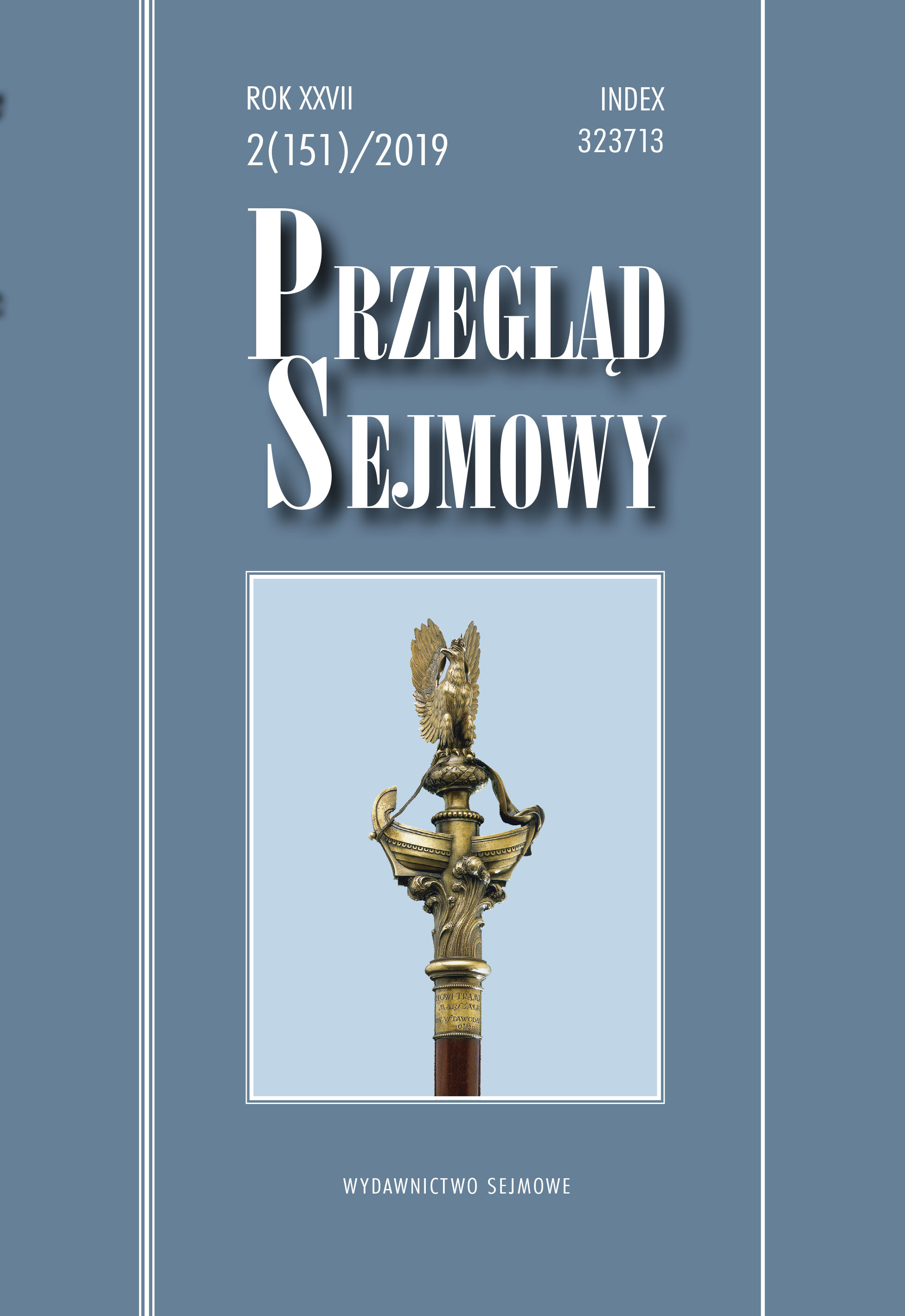Między autonomią a państwowością. Próby instytucjonalizacji struktur przedstawicielskich i wykonawczych w Ukrainie po I wojnie światowej
Between autonomy and statehood. Attempts at institutionalizing representative and executive structures in Ukraine after the First World War.
Author(s): Ivan S. MonolatiiSubject(s): Politics, History of Law, Political history
Published by: Kancelaria Sejmu
Keywords: Central Council of Ukraine; Jewish National Council; National Council of Ukraine; Ukrainian parliamentarism;state system;
Summary/Abstract: One of the elements of constructing the Ukrainian statehood after the First World War was the establishment of representative and executive structures. First institutions — organs of authority were founded in Trans-Dniester in the years 1917–1918. During the Ukrainian Revolution of 1917–1921, the Central Council of Ukraine was founded — during the All-Ukrainian National Congress it received the rank of the official representation of the state to be formed. The Council’s weakness was the lack of influence within industrial and financial circles, as well as inability to create an effective administrative apparatus in Kyiv and throughout the country. The power was in fact exercised by the Provincial Government and its local structures. Nonetheless its greatest achievement was working out the foundations of coexistence with other nations inhabiting the territory of Ukraine. It is not widely known that in the Ukrainian land the so-called Jewish National Council, cooperating with the Central Council of Ukraine was established and vested with the initiative to regulate the matter of Jews’ autonomy. The Central Council’s alternative were central and local organs of representative authority created in the lands of Western Ukraine in the years 1918–1919. By the force of a resolution by the Ukrainian Parliamentary Representation (Lviv, 19 October 1918), the National Council of Ukraine (National Council) was established, which comprised Deputies to the Austro-Hungarian Parliament, the House of Lords, Sejm of Galicia and Sejm of Bukovina, as well as representatives of Ukrainian political parties — three of each party. The National Council was granted the status of a constituent assembly and a representative, lawmaking and administrative authorization to realize the right of self-determination of Ukrainians inhabiting the monarchy. By the force of the Council’s decision in April 1919 acts were passed “On summoning the Sejm of the ZUNR” and “On electoral ordinance to the Sejm of the ZUNR”, according to which a unicameral sejm (parliament) was to be the highest organ of the legislative power, established on the basis of the national criterion. Those organs ceased to exist along with the fall of the idea of establishing a Ukrainian state.
Journal: Przegląd Sejmowy
- Issue Year: 2019
- Issue No: 150
- Page Range: 137-175
- Page Count: 39
- Language: Polish

